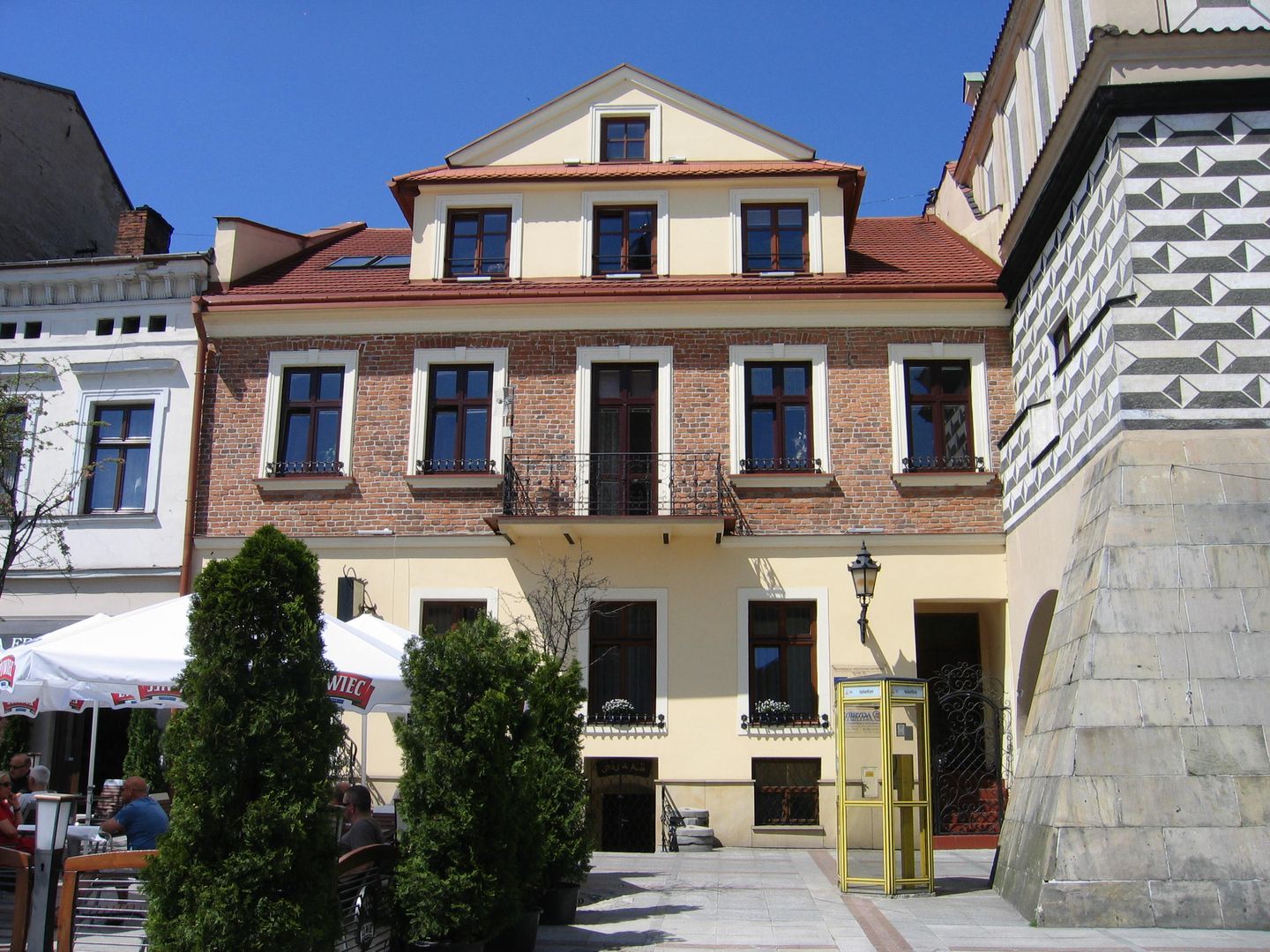Tarnów Market Square
6.32

Overview
Tarnów Main Square, covering an area of 66 ares, is the central space of the Old Town in Tarnów, laid out in 1330. Its architectural layout, reflecting medieval urban planning, is rectangular and surrounded by tenements built mainly from the 16th to the 19th century. At the heart of the square stands a Renaissance town hall, gradually transformed since the 15th century, with its tower adorned with the coat of arms of the Sanguszko family. Numerous tenements surround the square, many of which have rich histories, showcasing architectural changes over the centuries, including Neoclassical and Neorenaissance influences. Many underwent extensive reconstructions after numerous fires that plagued the city, including a catastrophic blaze in 1735. The square has been a venue for public gatherings, markets, and fairs, highlighting its cultural significance. Historically, it has witnessed turmoil, including break-ins, assassination attempts, and difficult periods such as World War II, when Germans murdered approximately 3,000 Jews from the Tarnów Ghetto. In recent years, the square has become a space for cultural events, and every day at noon, the Tarnów hejnał, composed by Stanisław Rzepecki, resounds from the town hall tower. The square maintains its representative character, housing a museum, a cultural center, as well as gastronomic and retail establishments, making it an important meeting place for residents and tourists. Interestingly, the square’s buildings are legally protected as part of Tarnów’s urban layout, which is listed in the register of historical monuments, underscoring its significance in the context of national cultural heritage.
Location
Tickets
Powered by GetYourGuide
2025 Wizytor | All Rights Reserved